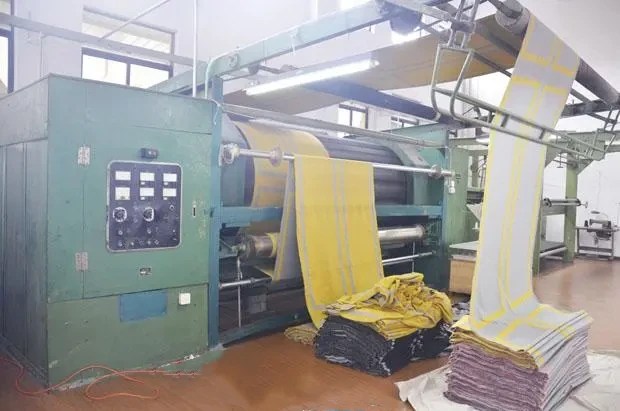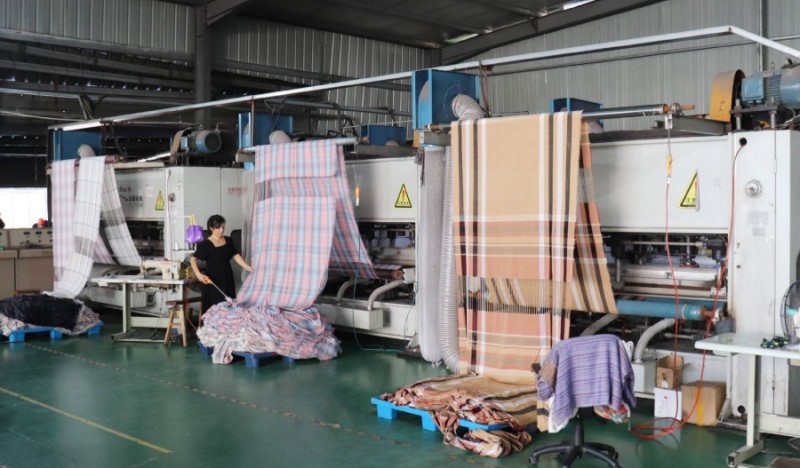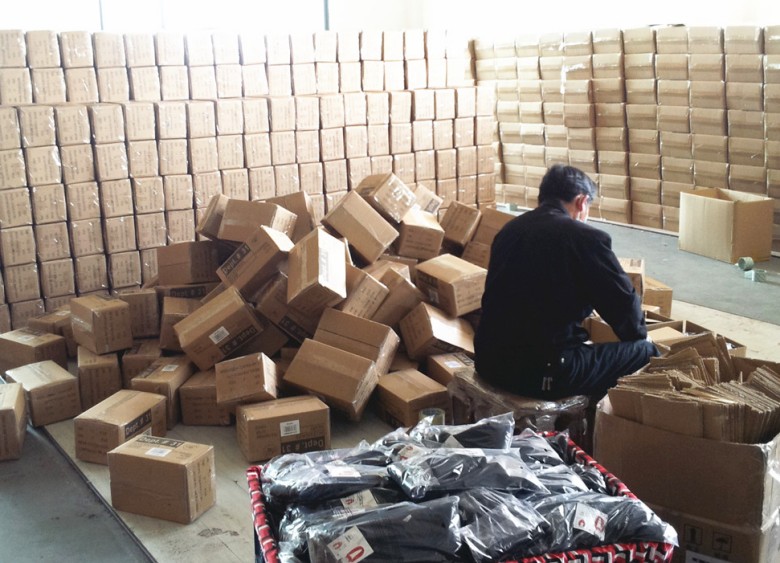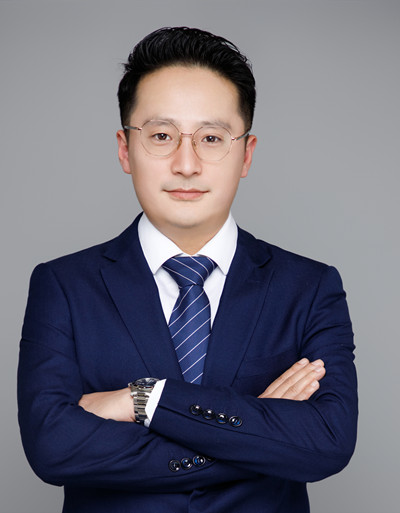As a manufacturer of knitted scarves and shawls, adhearing to a standardized production is extremely important for us, it ensures that each scarf and shawl we make meets the quality standards and fullfills our commitment to excellence. Here we would like to introduce the basic production procedures of these knitted fashion accessories, it involves several key steps, whether it’s knitted scarves, shawls, hats. Here’s an overview of the typical process:
1.Yarn selection
The first step is to select or purchase the appropriate yarn based on customers’ requirements, if customer choose the existing styles, the manufacturer could possibly provide them with yarn lapdips or fabric samples for choosing the colorways, or dye the yarn by following Pantone color number.
Usually the yarns purchased by manufacturer is raw white(undyed) yarns, it will go through few more steps to prepare the ready yarns before knitting, such as: dyeing-dehydration-drying-winding.

2.Knitting
knitted Scarves and shawls, and other knitting related products can be produced using various knitting techniques, it depends on the product styles you might choose, each technique has its advantages and its chosen also based on factors like purchase volume, complexity, and desired pattern designs or aesthetics.
If you want to learn more about the those common knitting techniques, please read this article for more information: https://aaronlook.com/2023/09/16/the-common-types-of-knitting-techniques-for-producing-knitted-hats-scarves-and-shawls/


3.Post-processing for semi-finished products
According to the different knitting techniques, the post-processing for semi-finished products will be followed by different steps, for knitted scarves and shawls, it mainly includes: brushing and fringe twisting(usually for woven scarf), shearing, linking (if needed), soft finishing or washing, cutting, edge-locking, adding decorative elements, sewing, ironing.
Extra introduction for some key steps:
Brushing: Brushing is also know as scarf raising, is a textile finishing technique used to create a hairy,softer and smoother surface texture on scarves and shawls and other textile products.

Fringe twisting: Fringe twisting or tassel making, is a process used to create decorative fringes or tassels at the ends of scarves.shawls, and other fabric products, especailly for woven items.

Linking: Knitted scarves and shawls linking, also know as linking or seaming, is a process in the textile and garment industry used to join different pieces of fabric together or seam the edges (widely used for knitted round snood,loop,neck warmers) to create finished scarves.

Shearing: Scarf shearing, also known as shearing or scarf finishing, especially applied for woven and fabric knit scarves and shawls . This process involves the removal of excess fibers or yarns from the surface of the scarf, resulting in a smoother and more refined appearance.

4.Inspection
A thorough internal inspection is conducted to ensure the scarf meets quality standard and requirements from customers. The inspection process includes several steps checking for even tension, correct dimensions,and any flaws or defects in the knitting fabric.
In addition to the manufacturers’ internal standard inspection process, it is also common for customers to conduct on-site inspections at the factory or use third-party inspection services. Normally they will follow the AQL procedures.

5.Packing
Approved scarves and shawls are carefully packaged according to the specific requirements, including branding, labeling, outer cartons.

.png)

